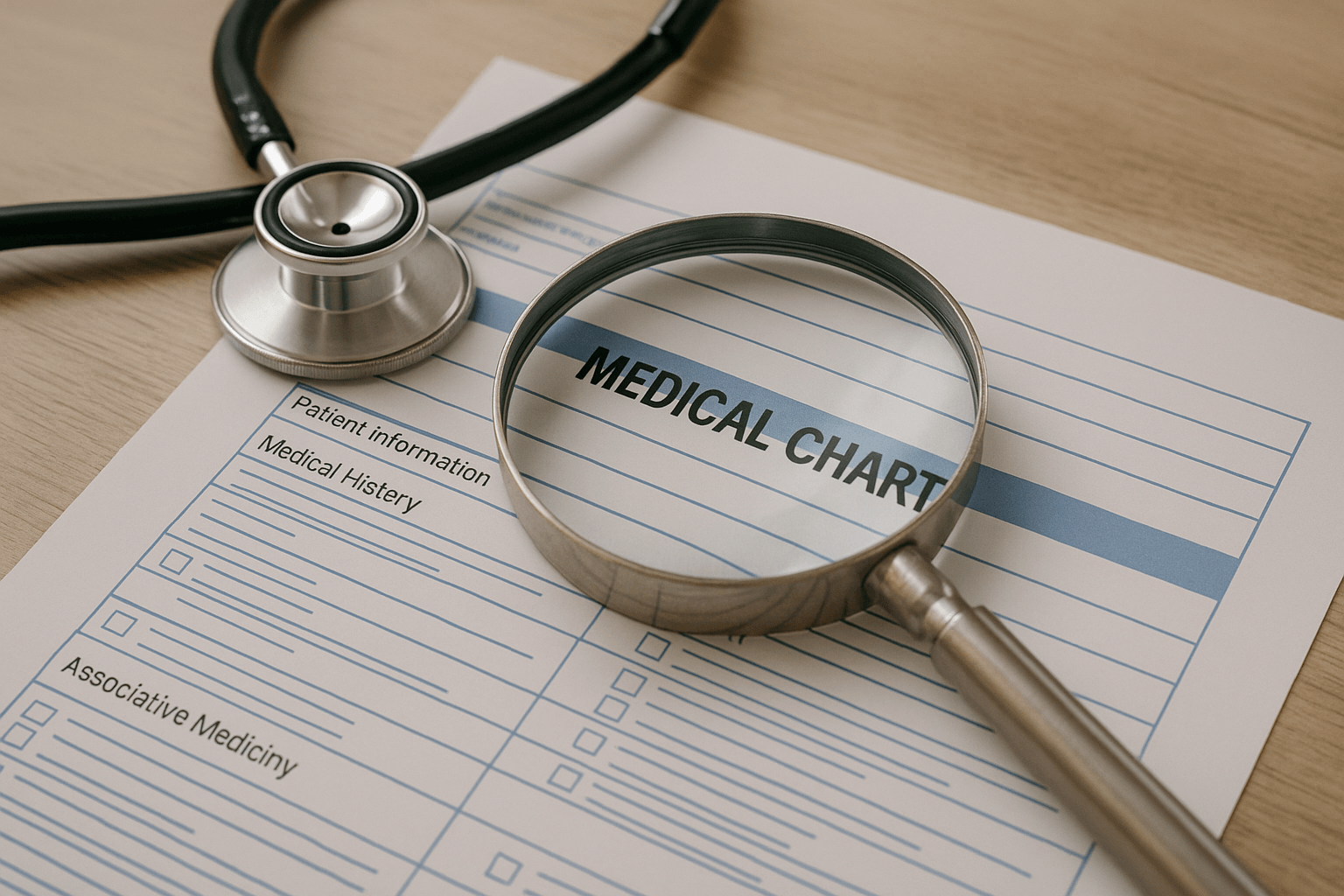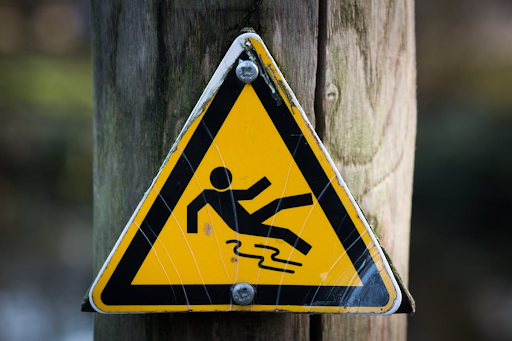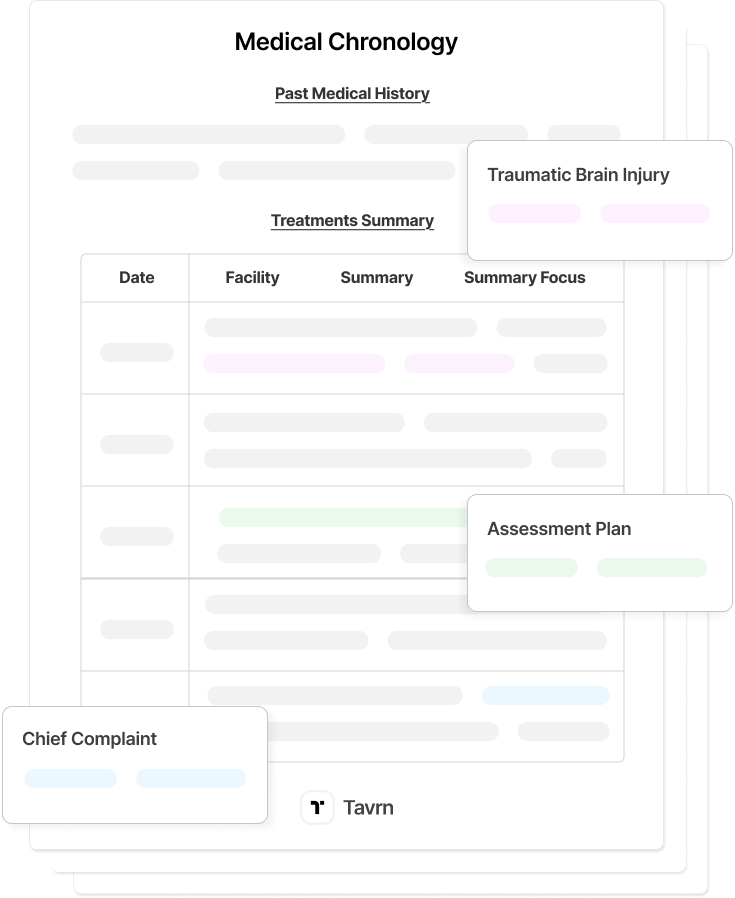As of 2025, Missouri maintains a bifurcated damages cap framework that distinguishes between common law negligence claims and statutory medical malpractice causes of action. The state applies separate caps for non-catastrophic injuries, catastrophic injuries, and wrongful death, with fixed annual increases.
Constitutional rulings limit these caps to post-2015 statutory claims, while pre-2015 common law claims remain uncapped under Article I, Section 22(a) jury trial protections.
This article reviews Missouri’s malpractice caps, legal framework, court precedents, and procedural requirements.
Legal Framework in Missouri
Missouri’s medical malpractice caps are governed by Chapter 538 of the Missouri Revised Statutes. Their constitutional validity was reestablished through legislative changes following state Supreme Court challenges. The framework survived constitutional challenge through 2015 Senate Bill 239, which redefined medical malpractice as a purely statutory cause of action rather than a common law tort.
Section 538.210 provides the core damages cap framework, while Section 538.205 defines key terms such as "catastrophic personal injury." This structure addresses Article I, Section 22(a) jury trial concerns by creating a statutory, rather than common law, cause of action, distinguishing Missouri's approach from other state frameworks.
2025 Missouri Medical Malpractice Caps
As published in the Missouri Department of Commerce and Insurance (January 2025 Register), Missouri applies a fixed 1.7% annual increase rather than Consumer Price Index adjustments, creating predictable case valuations.
Current 2025 Damages Caps:
- Noneconomic Damages (Non-catastrophic): $473,444 per case regardless of number of defendants or healthcare providers.
- Noneconomic Damages (Catastrophic Personal Injury): $828,529 per case applies when the injury is deemed catastrophic.
Missouri defines “catastrophic personal injury” narrowly as any of the following: quadriplegia; paraplegia; loss of two or more limbs; specific brain injury causing permanent inability to make independent decisions or perform ADLs; irreversible major organ failure; or significant loss of vision (legally blind).
- Wrongful Death Damages: $828,529 per case covering noneconomic damages for surviving family members.
- Economic Damages: No statutory cap applies to medical expenses, lost wages, or other quantifiable financial losses.
Courts determine whether the catastrophic cap applies after verdict.
Recent Developments & Pending Legislation in Missouri
No legislative developments, pending bills, or proposed statutory changes to Missouri's medical malpractice damages caps occurred during 2024-2025. As of October 2025, no legislation formally amending RSMo § 538.210’s noneconomic damage caps has been enacted.
Administrative activity remained limited to routine adjustments:
- 2024: The Missouri Register emergency rule adopted 20 CSR 20-12.050, confirming annually adjusted caps at 1.7%.
- 2025: Continued statutory adjustment process through administrative rule.
Future reforms may require constitutional amendments or broad tort reform, given the Supreme Court's interpretation of jury trial rights under the state constitution.
Key Missouri Medical Malpractice Court Precedents
Missouri medical malpractice caps operate under established Supreme Court precedents that created the current bifurcated constitutional framework.
Watts v. Lester E. Cox Medical Centers: Constitutional Jury Trial Rights
Watts v. Lester E. Cox Medical Centers, 376 S.W.3d 633 (Mo. banc 2012), established that statutory caps on noneconomic damages violated Article I, § 22(a) jury trial rights when applied to common law negligence actions. The Court held that legislative limits impermissibly interfere with jury determinations in traditional tort cases.
This ruling created the constitutional foundation requiring legislative distinction between common law and statutory medical malpractice causes of action. The decision remains controlling law for pre-2015 claims filed under common law negligence theories.
Ordinola Velazquez v. University Physician Associates: Statutory Framework Validation
Ordinola Velazquez v. University Physician Associates, No. SC98977 (Mo. banc July 22, 2021), upheld post-2015 statutory caps as constitutional because medical negligence is now a statutory cause of action not protected by common law jury rights. The Court affirmed the reduction of a $1 million award to $748,828 under the catastrophic cap.
This decision validated the legislative response to Watts and established the current controlling law. The ruling confirmed that statutory medical malpractice causes of action created under the 2015 Senate Bill 239 do not trigger Article I, § 22(a) constitutional protections applicable to common law tort claims.
Procedural Rules for Filing Malpractice Claims in Missouri
Missouri medical malpractice claims require strict adherence to the procedural requirements of RSMo Chapter 538, which deviate substantially from general civil procedure rules:
- Statute of Limitations (§516.105): Two-year limitation period from the date of the occurrence, with a 10-year absolute statute of repose. Foreign object cases and failed test notifications follow a 2-year discovery rule within an absolute 10-year bar.
- Pre-Suit Notice: Although not required by statute, Missouri practitioners often give 90-day pre-suit notice as a matter of professional practice.
- Affidavit of Merit (§538.225): Separate affidavit for each defendant within 90 days after petition filing. An expert must be licensed in the same profession, actively practicing or within 5 years of retirement, and practicing in substantially the same specialty as the defendant.
Faster Missouri Medical Malpractice Case Preparation
Missouri personal injury and medical malpractice practitioners must differentiate pre- and post-2015 claims when assessing potential recovery. The difference between non-catastrophic and catastrophic injuries requires careful medical record analysis, as catastrophic designations can raise recoverable noneconomic damages by $355,085 under 2025 amounts.
Understanding statutory caps is only one part of effective medical malpractice litigation. Thorough record review, strategic case presentation, and organized documentation remain essential. AI-powered legal tools automate time-consuming processes of medical record retrieval, chronology building, and demand package composition that support effective case preparation under Missouri's procedural requirements.
To learn more about legal AI platforms, book a Tavrn demo.



















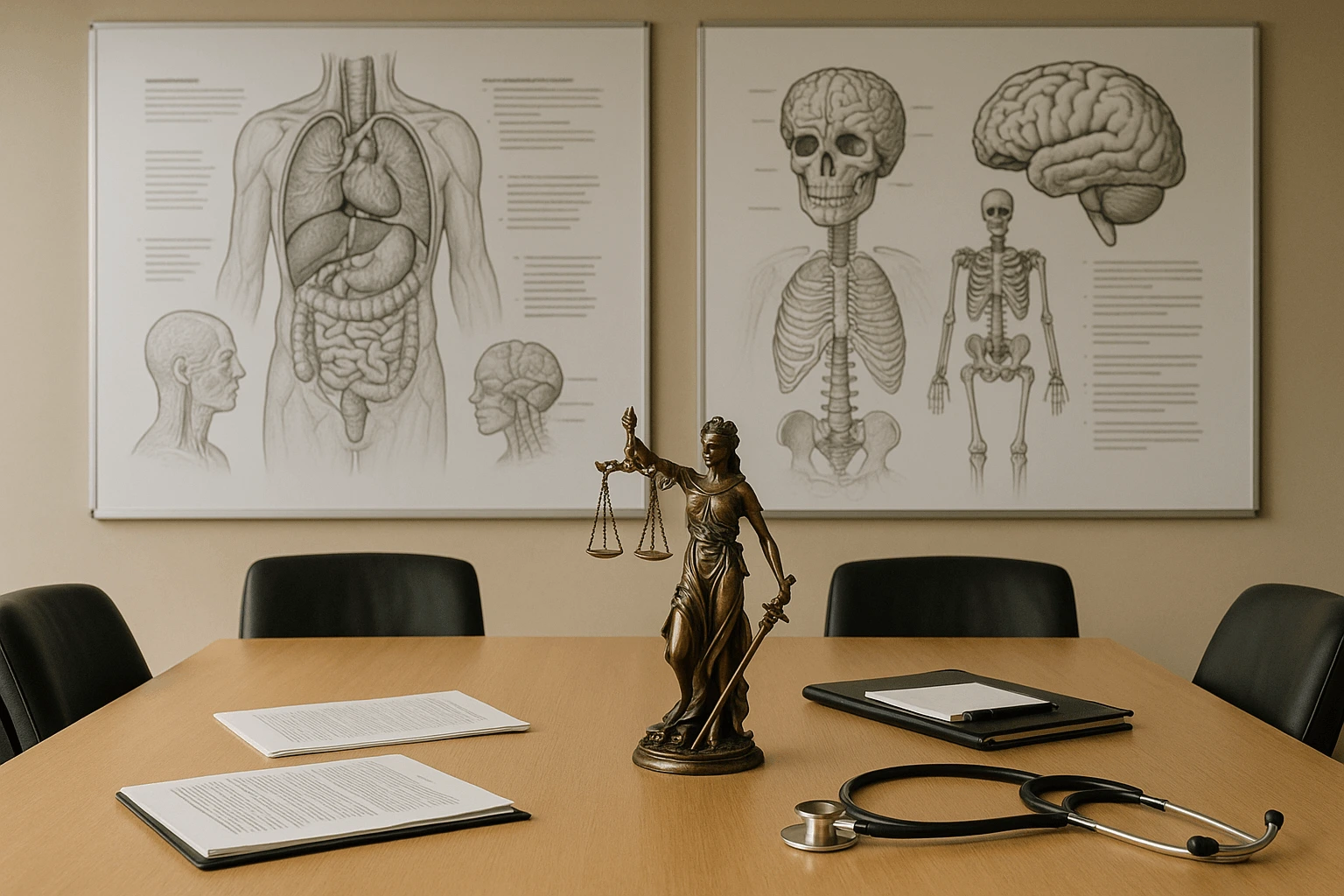
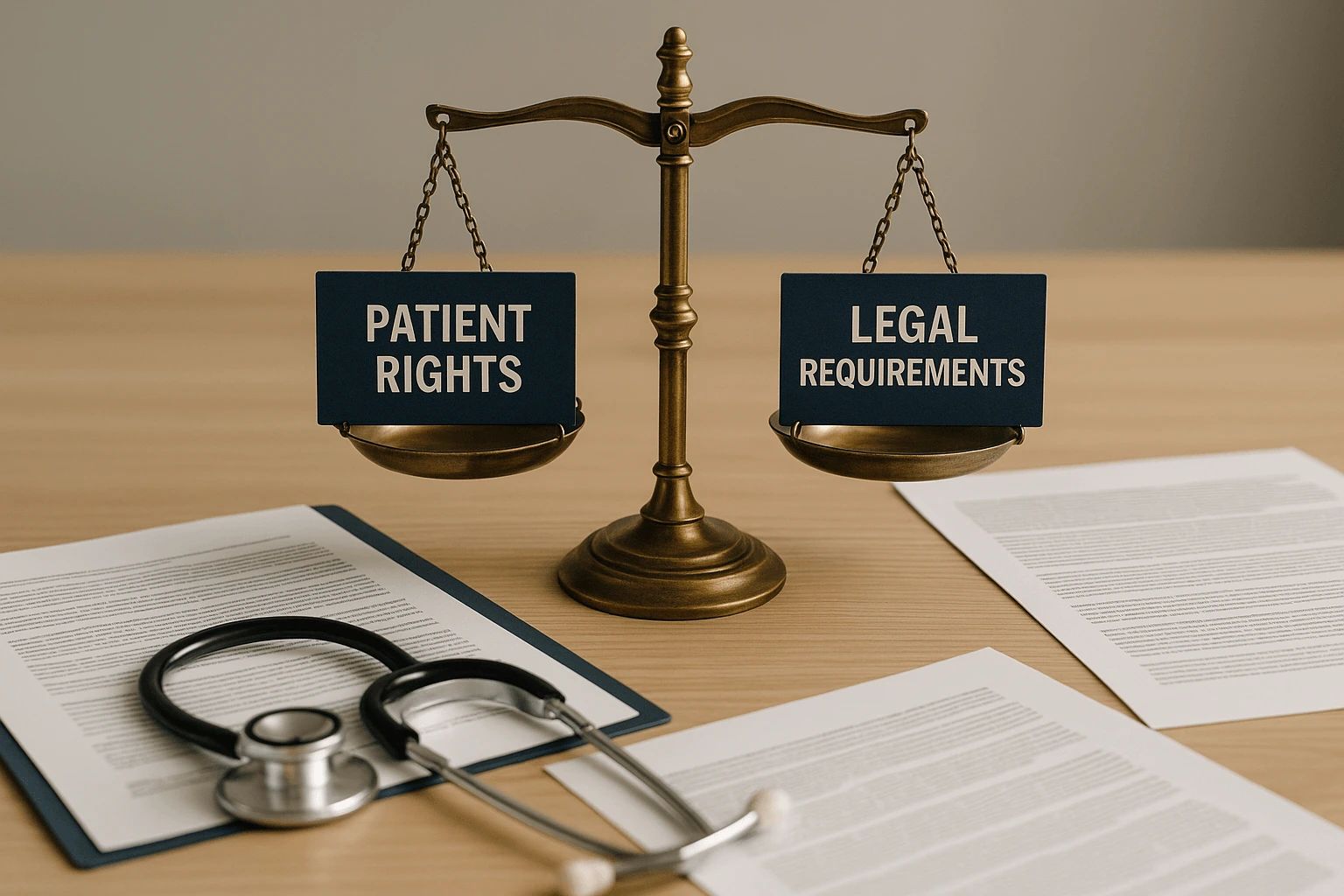
.webp)
.webp)



